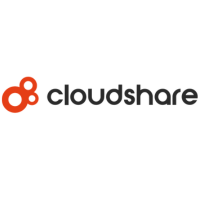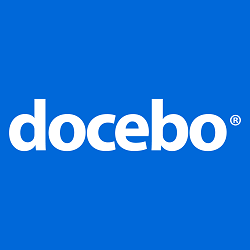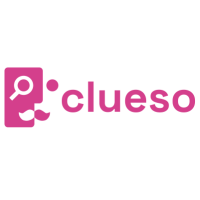In this episode, Adam and Dave re-present the talk they gave at DevLearn 2019 in glorious Las Vegas, Nevada. Want to learn how to get a seat at the leadership table? Return-on-Investment for Customer Education will help get you there!
In this episode, we talk with Mason Levy – CEO of Swivl about Artificial Intelligence and Machine Learning. Sound scary? Is this the start of Skynet? Absolutely not. Listen in to learn how Artificial Intelligence and Machine Learning – paired with Human Intelligence can help your Customer Education program. Learn more at tryswivl.com!
This episode is a rebroadcast of an interview hosted by Nikki Engel of Northpass with Adam Avramescu where Adam shares the tale of why you need a Customer Education program. If your company is on the fence about the value of a Customer Education program, make sure you share this episode with them!
When companies start their first customer academies and education programs, they’re often filled with boring and irrelevant material that doesn’t resonate with customers, and doesn’t really help them get on board. Why is this? Matt Mulholland from Miro has a theory and shares his hypotheses based on his work as a CSM and customer educator responsible for building Miro’s academy programs.
In our last episode, we talked about Certifications can become a huge pillar of your Customer Education program, so they can be daunting to think about. How do you think about building the right certification program for your business? That’s what we’ll talk about in this episode.
Certifications can become a huge pillar of your Customer Education program, so they can be daunting to think about. How do you think about building the right certification program for your business? That’s what we’ll talk about in this episode.
In this episode, Adam covers fundamental instructional theories that Customer Education professionals use, starting with the Kirpatrick Model, named for Dr. Donald Kirpatrick (1924 – 2014), used to evaluate the outcomes and effectiveness of training.
We like to say that Customer Education is the Scale Engine of Customer Success, but the reality is that many CS teams put little attention on Education. In this episode of CELab, Donna Weber shares her thoughts on how Customer Education can make an incredible impact on your customers. Listen in to learn how you can take the next steps to building scalable education programs – and why it matters to your bottom line!
In this episode we talk about how you, as a Customer Education professional, can and should collaborate with others. It could be your L&D team, Sales or Customer Success Enablement, or even training professionals like you at other companies!
In this episode we take a question from the Customer Education Slack Channel. What is the best way to deliver different modules and content for a program? Do you focus on video lectures with “talking heads”? Do we use slides, screencasts, or something else entirely? Join us as we share some experiences







